Your eyes face hidden dangers every day—and not just from screens or sunlight. From late-night eye rubbing to that innocent-looking swimming pool, surprising habits and environments can silently sabotage your sight. This isn’t fear-mongering; it’s science. We reveal the bizarre, overlooked threats your optometrist wishes you knew about. Here are 10 surprising things that damage your vision.
1. Not Eating Purple Foods

Your eyes rely on tiny capillaries for nutrients. These vessels strengthen when you eat anthocyanin-rich foods. Anthocyanins are flavonoid pigments. They give berries and vegetables their deep colors. These same compounds provide powerful health benefits.
Purple and black foods such as blackcurrants and purple carrots give your eyes the lutein they need to stay strong and healthy. So Don’t refuse purple food.
2. Lighting Up
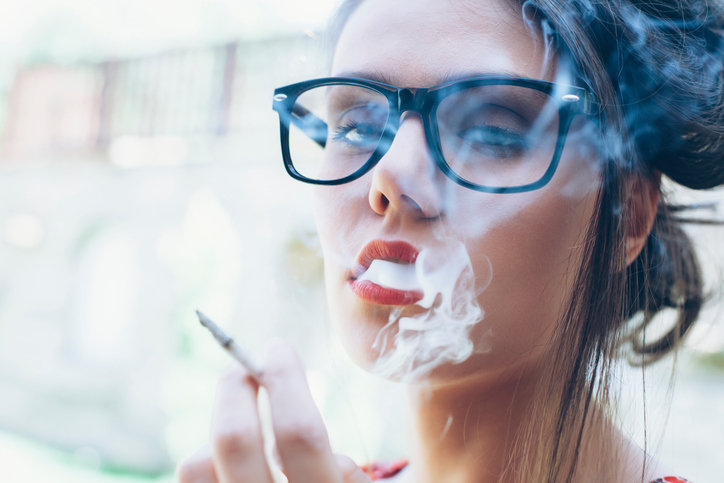
Toxic chemicals in tobacco smoke harm your eyes. Studies show that smokers are four times more likely to develop age-related macular degeneration and twice as likely to get cataracts.
3. Not Getting Your Blood Pressure Checked
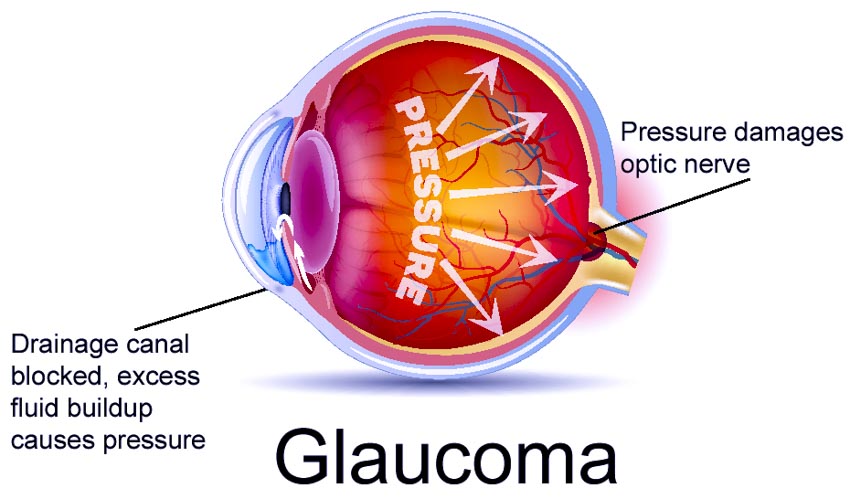
When you have high blood pressure, your chances of developing glaucoma go up. This condition damages the optic nerve due to increased pressure inside the eye. And low blood pressure can result in an inadequate supply of blood getting to the optic nerve which can affect vision to. See your GP.
4. Staying Indoors
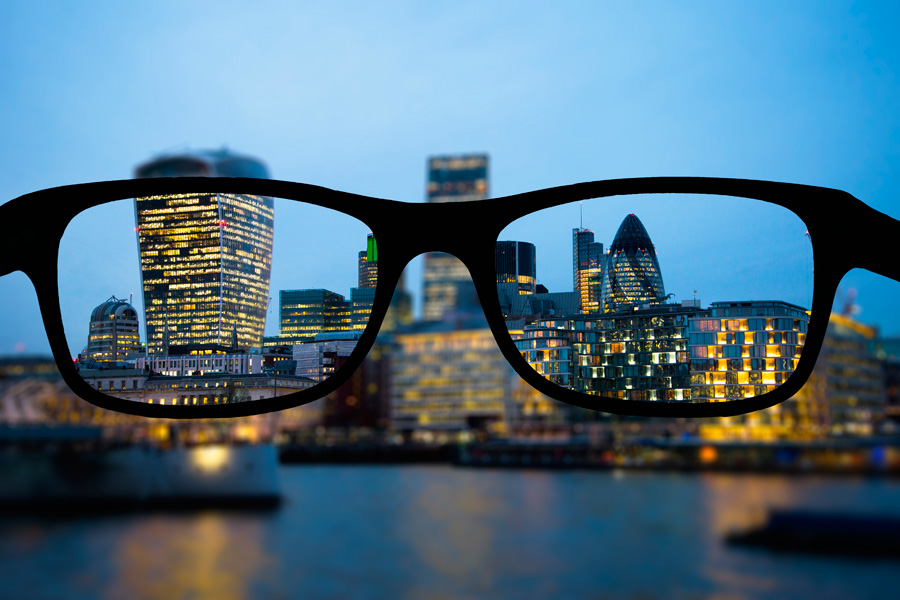
The WHO has estimated that by 2050, more that 60% of the global population will be short sighted — in part due to the fact that so many children spend a long time focusing on near by tasks indoors,which seems to increase the likelihood and progression of developing myopia, Spending time outdoors, on the other hand, appears to have a protective effect.

Experts recommend that children spend time outside each day because natural daylight may help prevent myopia by supporting healthy eye development.
5. Rubbing Your Eyes
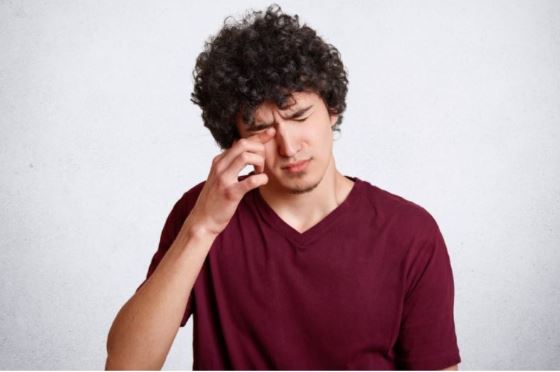
According to the Vision Eye Institute in Australia, rubbing your eyes can spike intraocular pressure. This pressure surge may disrupt blood flow to the posterior eye, potentially causing nerve damage in glaucoma patients.
In susceptible individuals, chronic eye rubbing may also trigger keratoconus (see video below) – a condition where the cornea thins, weakens, and protrudes into a cone shape, resulting in significant vision distortion. Rubbing your eyes due to dryness or itchiness can make things worse. Talk to your optician so they can suggest the right eye drops.
6. Being Inactive

A study by the University of California reveals that staying active with moderate to vigorous exercise can slash your risk of developing glaucoma by as much as 73%. That’s a huge drop, and all from simply moving more each day! People who exercise more intensely and for longer periods lower their risk the most. But even light activity helps your vision by reducing pressure inside the eye. So start walking and try to pick up the pace.
7. LED Lights Could Cause ‘Irreversible’ Damage To Our Eyes
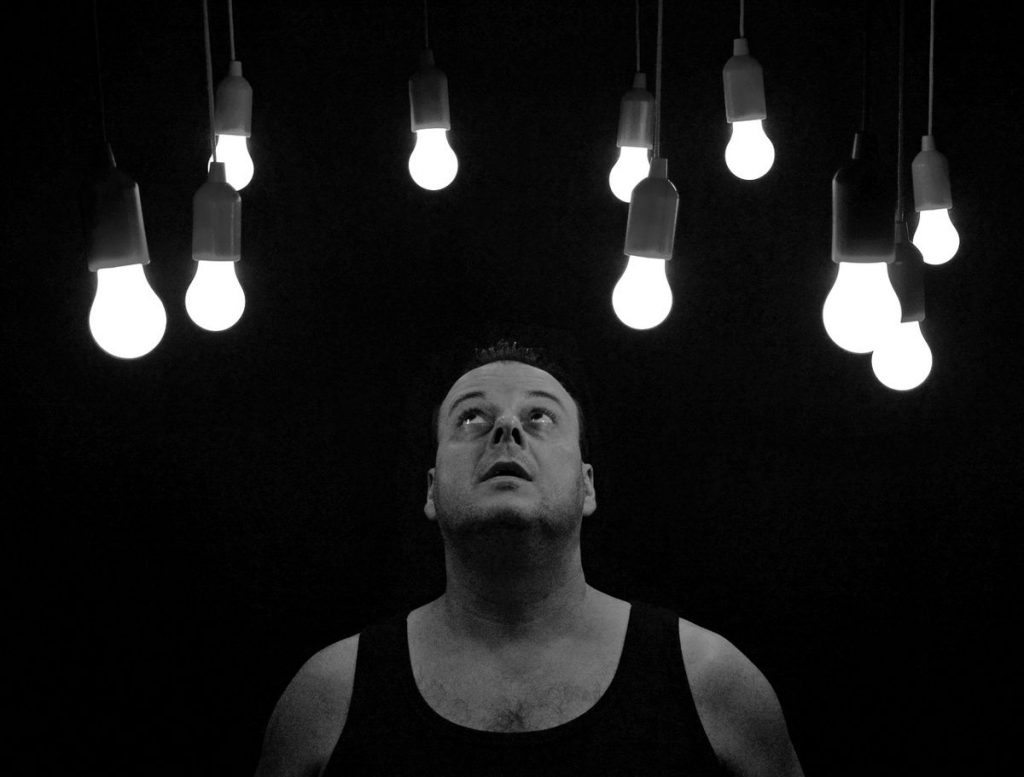
LED lights might not be as good as we thought, at least for our health. A new report from France’s ANSES (the Agency for Food, Environment and Occupational Health and Safety) raises a serious red flag constant exposure to LED lights might lead to irreversible damage to your eyes. It’s a wake-up call to rethink how much screen time and artificial lighting we’re soaking in every day.
According to the agency’s report, LED light may be phototoxic. This means it can harm retinal cells and reduce how clearly you see. The report points out that not only strong, direct exposure but also long-term exposure to dimmer LED light can be harmful to your eyes.
“accelerate the ageing of retinal tissue, contributing to a decline in
visual acuity and certain degenerative diseases such as age-related
macular degeneration.”
Researchers have previously found that light from digital devices may contribute to vision issues. Previously, it was said that the blue light emitted from our smartphones can not only accelerate blindness, but can also mess up our sleep patterns.
8. Eyelash Extensions
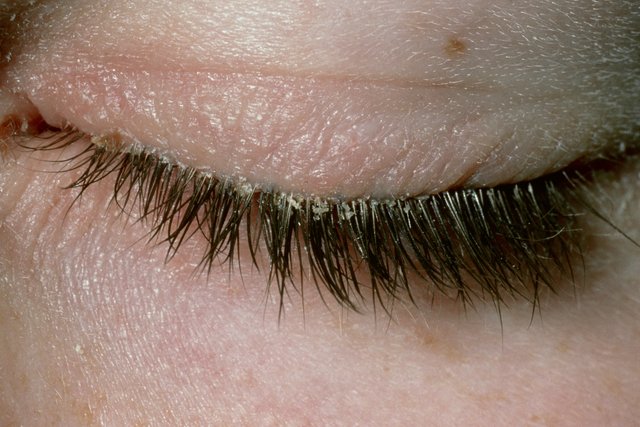
While eyelash extensions can enhance your look, a study from the University of Tokyo School of Medicine found that 26 percent of users reported issues after getting them.
Allergic reactions to the glue are the most common issue, often causing eyelid irritation and swelling. Bacteria and dirt can get trapped in the lashes, increasing the risk of corneal infections. In rare cases, the weight of the extensions may cause your natural lashes to fall out, a condition known as traction alopecia.
9. Mowing Your Garden Lawn
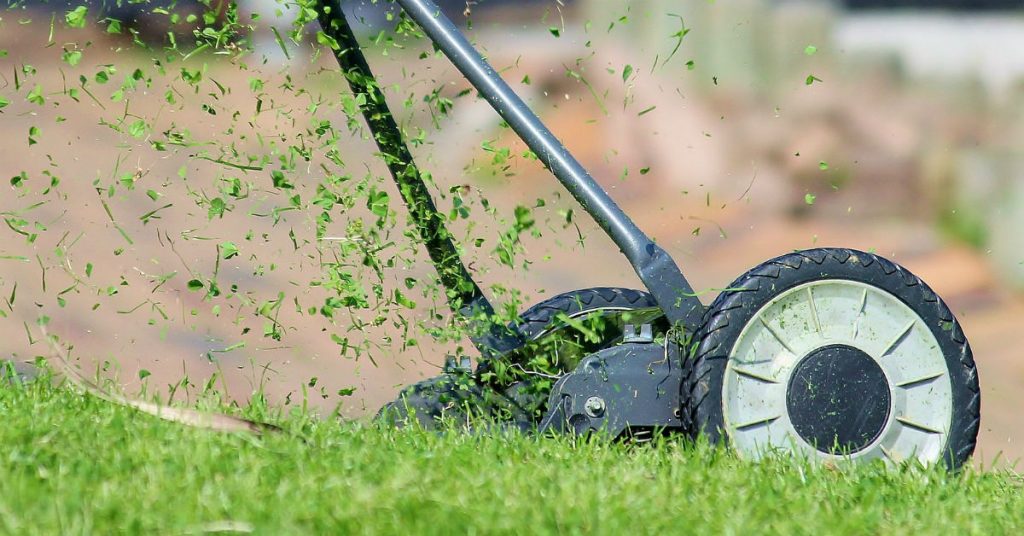
You might not think of gardening or home repairs as dangerous, but according to the Eyecare Trust, around 20,000 eye injuries happen every year because of DIY—and yep, that includes pulling weeds and mowing the lawn. So before you head out with your shovel or power tools, grab a pair of sunglasses, regular glasses, or even better, safety goggles. Tiny stones, grit, or sharp twigs can fly up faster than you expect and do serious damage to your eyes. A few seconds of protection can save you a world of trouble.
10. Shop Bought Glasses
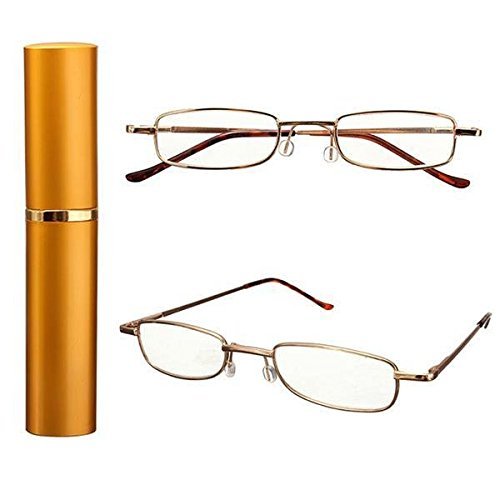
They’re cheap, cheerful, and super tempting—those ready-made reading glasses you can grab at the pharmacy or discount store. They might help you read small print in a pinch and seem like an easy way to save money. But here’s the catch: both lenses have the same magnification strength, which isn’t great if your eyes have different vision needs.
Even more concerning, opticians say that relying on these off-the-shelf readers can stop people from going for regular eye exams, appointments that can catch serious issues early on. So while they’re fine for occasional use, don’t skip the eye test.
Also Read:

